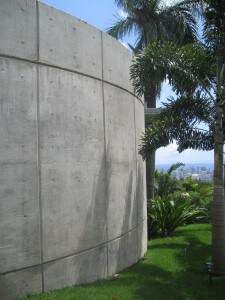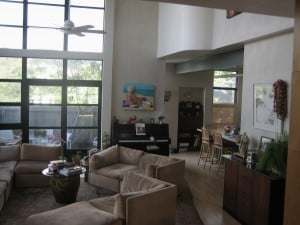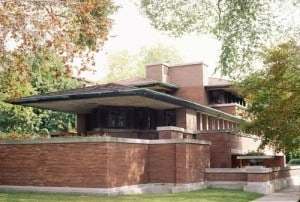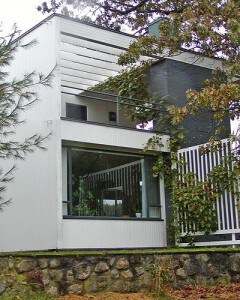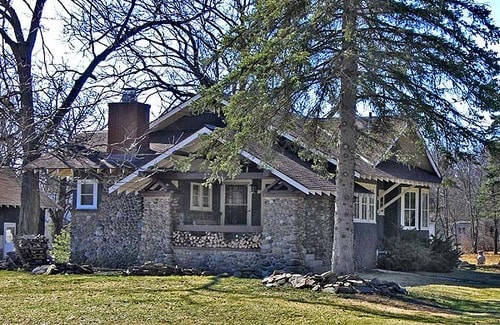Whether you are choosing to focus on traditional or modern architecture, the end result of your design should be the creation of a space that feels luxurious. I think there is often a misconception that modern design tends to be stark and barren and thus void of luxury. Although modern architecture is often much less detailed and simple than the ornamented styles of traditional architecture, this does not prevent it from presenting an image of luxury in its own way. Below are two samples of residential projects I did- one modern, one traditional.

Traditional luxury detail.

Luxury modern detail.
In the traditional house, the very expensive and intricate materials and moldings immediately give off the sense of fine quality and thus create a space that feels very rich and warm. In the modern house, however, luxury is conveyed in another fashion. Rather than incorporating detailed decorations and trims, the modern house seems luxurious based on the volume of space that is created through the sophisticated structural components.
Large spaces created by tall ceilings and open rooms seem immediately impressive and commanding. Strategic window placement allows for further manipulation of the space and can have great impact on the sensation one has upon entering the room. I have created a lot of very dramatic spaces through carefully determining how to best frame surrounding trees, sculptures or views.


